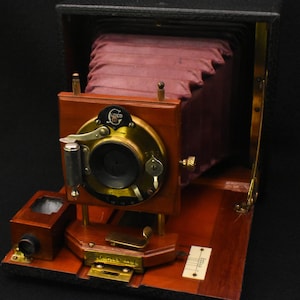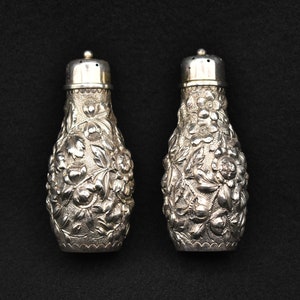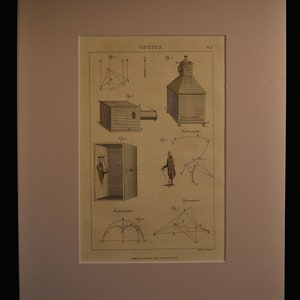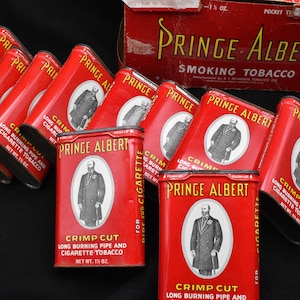






Antiques
Antique Chatelaine Sterling Silver Mirror - Altered Beautifully
-
DetailsRESERVED FOR SOFIYA
SOLD WITHOUT CHAIN
We've come across chatelaines, in the past. If you've followed along with C&K, you will have noticed a few chatelaines and their various charms offered for sale. However, this is a little more special...
Chatelaines were used in the 19th and early-20th centuries. They were worn by the woman of the house, frequently a head maid or servant, who would coordinate the activities of the household. She would wear an ornate chain on the front of her dress, on which were clipped the various instruments for her daily activities - from keys and a pencil and pad to a small bible, scissors, a whistle, a mirror... almost anything that would be useful was clipped onto these chains. The more expensive ones would have been made of sterling silver and would have been accessible to the more affluent members of society. Otherwise, silver-plated pewter or brass was used.
This small piece would have once been a mirror. However, as is sometimes the case, at some point in its life, the mirror shattered. The casing of these mirrors was very thin, so any warping of the frame would result in either breaking or loss of the mirror. In this case, the mirror was replaced with a large, brass 'coin.' It depicts 2 cherubs gathered around a fire. This motif is actually fairly old and unchanged. One can find examples of this design on chatelaine pieces dating to the beginning of the 20th century. However, I've been flummoxed with regards to the origins of this pretty relief. The mirror itself is marked as being made in Birmingham in 1910 by Henry Williamson Ltd. The company was founded by Mr. Williamson in 1865 and ran successfully for almost 30 years. However, in 1892, Mr. Williamson decided to set his operation up as a Limited Liability company. This was the beginning of the downfall of H.W.Ltd. In 1898, the company went into liquidation and was purchased by another company of the same name. The company was fraught with difficulty for years, following this restructuring, before finally going out of business in 1930.
The chain is marked 'STG' for Sterling and is constructed in the same Victorian design that was so popular and long-lasting near the turn of the century. It is in flawless condition, as all of these chains usually are, and has been tested for silver content.
The entire piece is in good condition, although, as you can see, it is dented in a few places. The very top of the handle has a dent and the reverse is slightly marred on one edge (presumably, where the original mirror was lost). The coin that replaced the mirror was put in by hand and is evident with some marks along the rim holding the coin in place. However, the patina, character and history oozing from this piece is almost palpable.
It is a wonderful piece of history and a testament to the preservation of what many might consider a 'broken' artifact.
As always, any questions or comments will be promptly responded to by the end of the day.
Thanks for visiting C&K! -
Shipping & Policies
Shipping from Canada
Processing time
1-2 business days
Customs and import taxes
Buyers are responsible for any customs and import taxes that may apply. I'm not responsible for delays due to customs.
Payment Options
Returns & Exchanges
I gladly accept returns and exchanges
Just contact me within: 3 days of delivery
Ship items back to me within: 7 days of delivery
I don't accept cancellations
But please contact me if you have any problems with your order.
The following items can't be returned or exchanged
Because of the nature of these items, unless they arrive damaged or defective, I can't accept returns for:
- Custom or personalized orders
- Perishable products (like food or flowers)
- Digital downloads
- Intimate items (for health/hygiene reasons)
Conditions of return
Buyers are responsible for return shipping costs. If the item is not returned in its original condition, the buyer is responsible for any loss in value.
Frequently Asked Questions
Can I combine delivery on multiple items?
Of course! We'd be happy to assist. Just send us a quick message and we'll make sure to combine your items into a single package to reduce the shipping costs.



